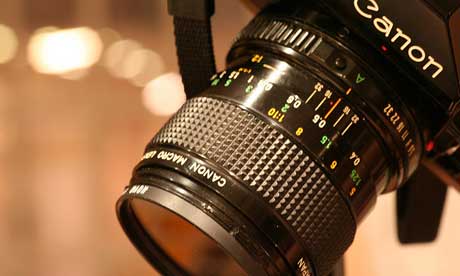
With photography, there always seems to be one more piece of essential equipment. Here we reveal the top 10 must-haves
Choosing the right camera bag is a trade-off between portability and accessibility: backpack styles are better for carrying lots of kit, but shoulder bags allow easier access. Personally, I carry equipment in a backpack, and then use a shoulder bag for day-to-day shooting. Make sure your main bag is small enough to take onto planes as hand luggage.
Polarising filters can reduce haze, cut reflections and darken pale-blue skies; screw one on to the end of your lens, and then assess the effect as you rotate it. Polarising filters come in different sizes, depending on the diameter of the filter thread on your lens. If you have a modern DSLR you will need to use the more expensive circular-type filter. Quality varies, too – note, you won’t get the benefit of a high-quality filter on a cheap lens, and a cheap filter will negate the quality of an expensive lens.
Like people, cameras ‘see’ colour differently: some will give weak reds, others will over-saturate greens. This can be corrected in RAW processing, but it’s a pain to work on each image individually. Save time by using a calibration target, used in conjunction with the Adobe Camera RAW filter that comes bundled with Photoshop. Take a test shot of the target, analyse it with a free script (from http://fors.net/chromoholics/) and then add the values into the Calibration tab on Camera RAW or Adobe Lightroom. I shoot a different calibration for each camera on every trip, and then set it as a preset for all of the images from that camera.
Digital photos are inherently ephemeral: if they are deleted or corrupted they are gone forever. However, you can easily make unlimited copies using a portable back-up drive.
If you are photographing with a tripod – especially if shooting panoramas – then you need to ensure your camera is perfectly level. A spirit level that fits into the camera’s hotshoe will help make sure that it is straight.
A good universal adaptor means you can plug in your charger wherever you are in the world. If you get one with a fuse, it will protect your sensitive devices from electrical surges
(always take a couple of spare fuses just in case).
If you are planning on taking night shots or even panoramas then a good tripod is essential. To keep your camera still, a tripod will need some level of size and weight. A small, light tripod may be convenient to carry, and might just work for a compact camera, but for a DSLR, a sturdier option is necessary. However, bear in mind that if you get one that is very heavy, you might be tempted not to take it with you at all.
A blower is perfect for blowing dust from a camera’s sensor (although you must never touch the sensor with the brush) and cleaning dust off lenses before you wipe them with a cloth.
Even if your camera has built-in sensor cleaning, there are times when you will need to clean it properly. This can be done professionally, which is expensive, or you can do it yourself with an electrostatically charged brush.
If you are shooting with a tripod, a remote release is vital to prevent camera shake. It should also have a bulb or time setting to allow you to shoot super-long exposures. Many manufacturers make a dedicated release for their cameras,
but there are many cheaper, generic versions available online – make sure you buy one that is compatible with your model.